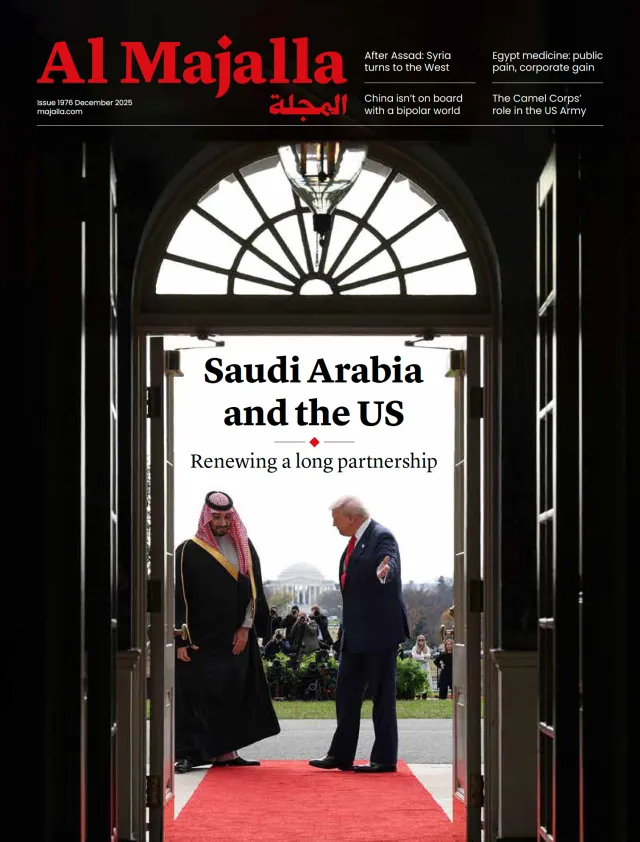Syrian President Ahmad al-Sharaa’s visit to Washington to meet US President Donald Trump earlier this month signalled a moment of profound strategic transformation. Unprecedented in Syrian history, it was the first Oval Office visit by a Syrian head of state since the country’s independence.
After decades of tyranny and isolation under Hafez and Bashar al-Assad, this visit marked Syria's return to a new regional and international role for the first time in half a century, as the country aims to strengthen national sovereignty, affirm the independence of its political decision-making, and build a broad network of partnerships across the region.
Al-Sharaa’s invitation to the White House by President Trump carried immense political symbolism far beyond mere diplomatic protocol. It also serves as a crucial test of the possibility of re-integrating Damascus into the international system after years in the political and economic wilderness.
The new Syrian government still has huge hurdles to overcome, not least the integration of Syrian society. Two key issues are the Kurdish-led Syrian Democratic Forces (SDF) in the north-east—which already operates with autonomy and American support—and the Druze communities of Sweida in the south, whose fighting with Bedouin tribes in July prompted Israeli airstrikes against Syrian armed forces. Of Sweida’s three most prominent sheikhs, Hikmat al-Hijra is most openly opposed to the new government, whose forces he calls “an armed gang”.
The picture is complex and nuanced, with historical grievances and decades of distrust influencing the situation, but there is a pressing need to move beyond these outdated frameworks to consider new realities. Even al-Hijra has emphasised the unity of the land and people of Syria, rejecting separatism and the reintegration of corrupt officials into state institutions.
At this moment in Syria’s development, autonomous and semi-autonomous communities need to reassess their strategies and alignments to foster a more cohesive political environment, especially after the government’s efforts to bridge the national gap following the ousting of the Assads. Armed local factions need to redefine their roles in a post-liberation context and consider how to build a unified national identity to move beyond historical divisions.




